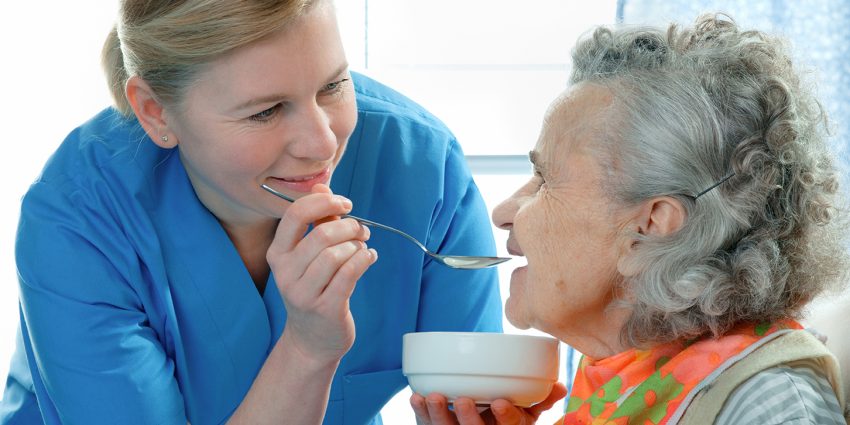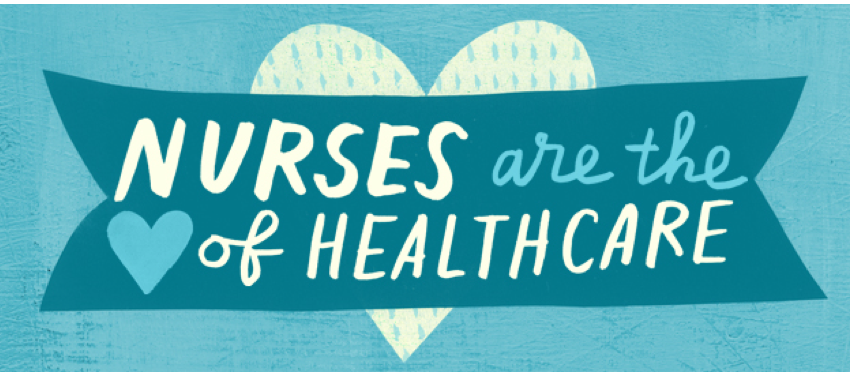Post Views: 3,884
ViewsSchool Nurse Shortage Considered As ‘National Crisis’
The nationwide shortage of nurses has affected every area of nursing, including school nurses. According to Nurse.org, there are only three out of five schools that employ a full-time nurse, and a majority of schools resort to using school staff or faculty members, with zero medical training, to provide care to students. Some schools, about 40%, only budget to have just a part-time nurse or no nurse at all.
The American Academy of Pediatrics recommends for schools to have at least one Registered Nurse (RN), but one RN could be taking care of more than 1,000 students in a school, according to this map from the National Education Association. School nurses not only provide treatment for students with headaches and minor injuries, they also provide treatment for pediatric chronic illnesses, like diabetes and asthma, and mental health issues.
This shortage is being considered as a growing national crisis, according to CBS This Morning. So, what’s responsible for it? Donna Mazyck, the executive director of the National Association of School Nurses, believes that the schools’ shrinking budgets are responsible for the shortage throughout the United States, which has increased the burden on existing nurses and has put children’s lives at risk.
Even if the school has an RN employed, they have a massive workload, which as research shows, increases the risk of burnout and medical errors. Mazyck told CBS, “If you have a workload that doesn’t enable you to care for the students in a way you need, it’s like drinking water from a hose.”
The role of a school nurse
As with every other nurse, the role of a school has evolved. Now school nurses are responsible for caring for students with disabilities, chronic illnesses, and mental health issues. A school nurse can manage the care for everything, from diabetes and asthma to suicidal thoughts and sexual identity.
School nurses are specialized in the care of students in elementary, middle, or high school, and can also specialize in other areas of pediatric care, like:
- Learning disabilities, like dyslexia
- Physical or emotional challenges
- High-risk behavior in children
- Early childhood intervention programs
A school nurse, no matter their specialization, ensures that all students are able to receive equal education opportunities by maintaining their physical and emotional health. Some of the specific duties of a school nurse are:
- Assessing injuries and illnesses and treating them with appropriate interventions.
- Aiding the design of Individualized Education Plan (IEP) for students with disabilities.
- Assisting students with disabilities by performing catheterization, tracheostomy care, and gastrostomy tube feedings.
- Conducting routine health checks, like vision and hearing screenings.
- Finding resources for students in need.
- Administering medications.
- Working with faculty to develop a health education curriculum.
- Acting as the main point of contact for parents and community members in regards to health-related concerns.
- Aiding students with the management of chronic diseases.
- Helping to prevent tobacco, alcohol, and drug-use with students.
- Discussing with older students about pregnancy and sexually transmitted diseases prevention.
School nurses are also qualified to refer a student to a specialized physician or healthcare provider if the student requires additional care/
Why the school nursing shortage is hurting children
As we mentioned before, the American Academy of Pediatrics recommends at least one RN to be in every school, but school districts across the United States aren’t following this recommendation. In Hawaii, specifically, there aren’t any school nurses administering care, and in other states, there are nurses who are working part-time and splitting their care across multiple schools.
This is the case of school nurse Denie Gorbey-Creese, a school nurse in Howard County, Maryland. Gorbey-Creese told CBS This Morning that she covers two schools a day, and often is stressed out trying to find the safest, and best, way to balance her routine. According to CBS This Morning, even though she has health assistants at each school she works at, she still gets calls with questions about the daily care for students when she’s not at the building.
Because of the crisis, there have also been several deaths of multiple children after medical emergencies at school, in the past several years, when there was no nurse on duty. This is the case with 9-year-old Hasoun, who collapsed in the school’s cafeteria and was later pronounced dead from heart failure at the hospital. While school staff members, who were certified in CPR, tried to revive him, there was still no nurse on the premises to provide care. Hasoun had been born with a heart defect.
It isn’t known if he would have survived if a school nurse was present, but a school nurse was not on duty when he had a medical emergency. His mother, Rasheen Pressley, told CBS This Morning, “They failed him all ways. Like they wasn’t there to help him […] He was my only son…there weren’t nobody there to help him. Nothing.”
There are multiple interventions for improving the school nurse shortage, but most of these interventions are costly. Some states are attempting to start school-based health clinics run by local hospitals, however, parents would need to pay out-of-pocket or through their insurance.
Right now, there are currently no federal laws mandating school nurse staffing. One bill, however, is soon to be introduced in Washington, known as the Nurse Act, which would give grants for schools to hire more nurses.
What are your thoughts about the school nurse shortage? Tell us your thoughts.
3 comments on School Nurse Shortage Considered As ‘National Crisis’
Leave a Reply
School Nurse Shortage Considered As ‘National Crisis’
By nurseadvisorofficial
The nationwide shortage of nurses has affected every area of nursing, including school nurses. Learn more about how this shortage has impacted students and put them at risk.














First of all, let me say that I’ve been in nursing since 1997. School is so fast paced now, it’s almost impossible for older people to learn. Wanting to be an RN, I had to quit because my mind wasn’t able to keep up. Being an LPN, no one wants to hire me, because I haven’t worked in the past year. There are too many requirements to get a good grounded nurse. They just do not want to pay.
Most of the time the entrance exam is too difficult to pass, or you may miss by either one, or two points, and that’s a “No go”!!! And a lot of us Nurses would love to go back to school, but phobetic about testing, and so forth. Teach us the math, and passing the test, and you will get more respond. Help us in this area.!!! Thank you. Cynthia.
I believe that there is not a shortage of RN’s who can work at the level of School Nurse, I believe that there is a gap between the compensation that is offered and the experience being requested along with the perspective of “who” is qualified to perform in this role. I have always wanted to work with K-12 Population. All the offerings require some kind of direct pediatric experience. I feel if I have been able to navigate and care for a myriad of patient populations from birth through end of life, learning and navigating the school aged patient health care needs is more than achievable. Maybe the issue isn’t are there any School Nurses available, but how do we attract other RN’s to the field and make it a smoother transition? Just my perspective!